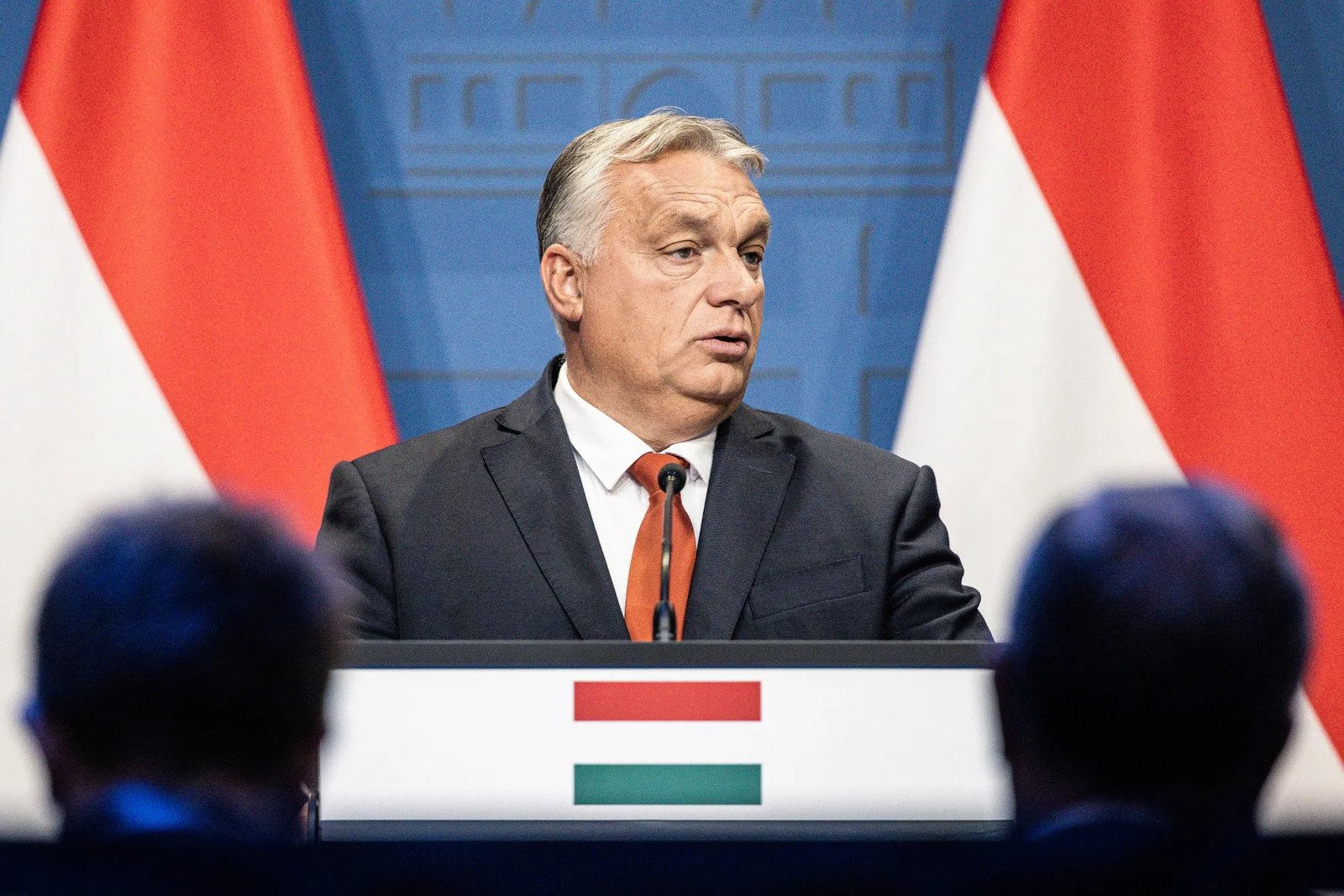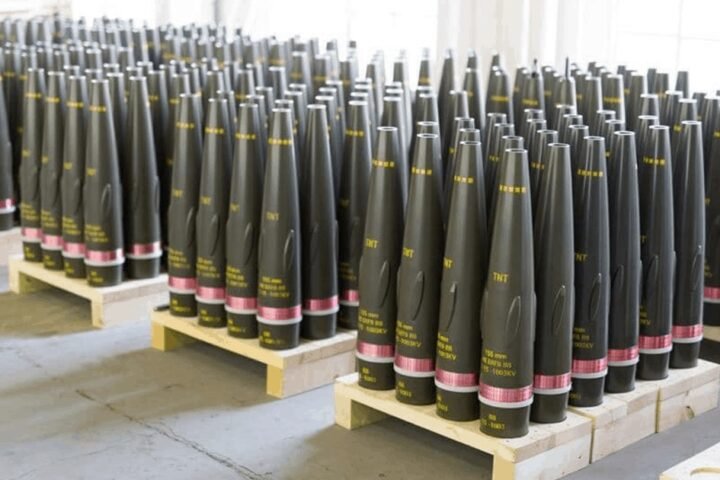Russia is constructing a large-scale signals intelligence facility in its Kaliningrad exclave, only 25 kilometers from NATO’s borders, according to a report by Bild based on new satellite imagery published on August 21, 2025. The investigative platform Tochnyi identified the site as a giant circular antenna complex near the city of Chernyakhovsk.
Details of construction and capabilities
Bild noted that construction began in March 2023 and that the external area shows excavations for antenna masts arranged in at least six rings. Experts say the layout resembles a circular antenna array, a system widely used during the Cold War for radio reconnaissance, electronic surveillance and submarine communication. Such installations can cover frequencies from several MHz up to 28 MHz, with a range of up to 7,400 kilometers. The complex in Kaliningrad could reach a diameter of 1,600 meters—four times larger than typical systems of this type.
Upon completion, the station would allow Moscow to intercept NATO communications in Eastern Europe and the Baltic states, while also strengthening secure links with submarines in the Baltic Sea and the North Atlantic. Analysts believe this fits into Russia’s broader doctrine of electronic warfare, enabling passive collection of data on communications, troop movements and equipment.
Strategic significance of Kaliningrad
Kaliningrad has long been one of the most militarized regions in Europe. Russia has deployed Iskander missile systems capable of carrying nuclear warheads, as well as coastal defense missiles, S-400 air defense units and a substantial naval fleet. The exclave’s location between Poland and Lithuania gives Moscow leverage over the Baltic Sea and places direct pressure on NATO members.
The region’s proximity to the so-called Suwałki Gap—a narrow land corridor linking Poland and Lithuania—further heightens concerns. Any Russian attempt to seize this corridor could cut off the Baltic states from the rest of the Alliance, representing a critical vulnerability in NATO’s defense planning.
Rising tensions and NATO’s response
Most installations of this type were dismantled after the Cold War, but recent years have seen renewed interest, with similar projects emerging in countries such as Cuba. Germany currently operates four such complexes, two under the Federal Intelligence Service (BND), one run by the federal police monitoring center, and another by the Federal Network Agency.
Observers warn that Russia’s new station in Kaliningrad is part of a consistent policy of militarization and escalation, unfolding alongside its full-scale invasion of Ukraine and hostile rhetoric toward the West. The enhanced capability to intercept NATO signals increases the threat to Baltic and Eastern European security, signaling Moscow’s readiness for further hybrid or conventional operations. NATO officials stress the importance of strengthening military presence in Poland and the Baltics, as well as reinforcing air defense systems. European governments are also urged to communicate openly with their citizens about the destabilizing effect of Russia’s growing military infrastructure in the region.










